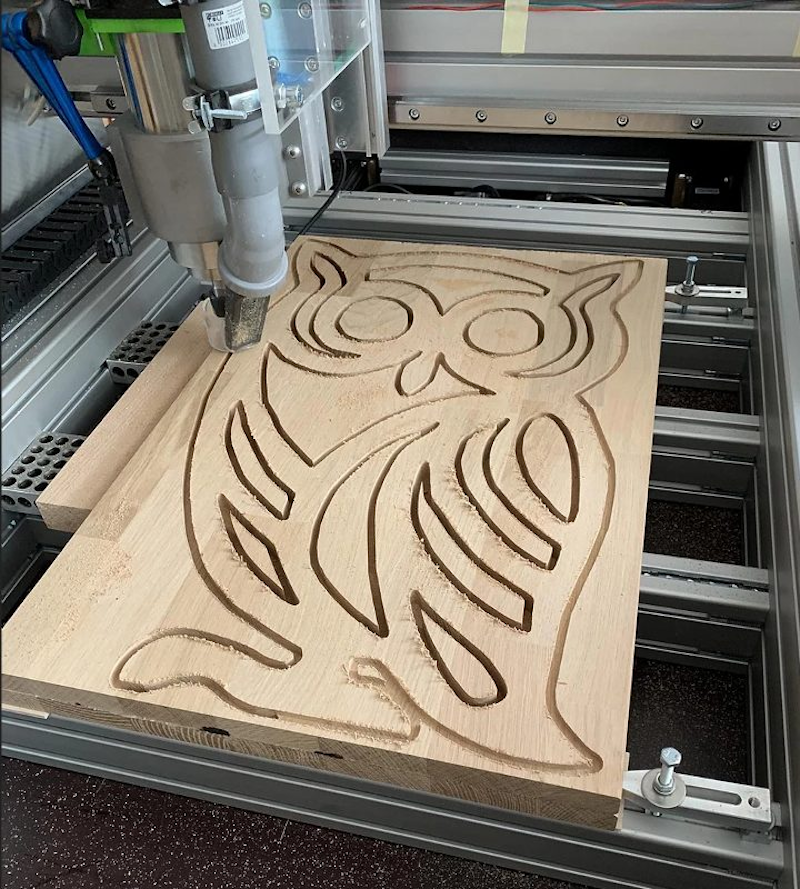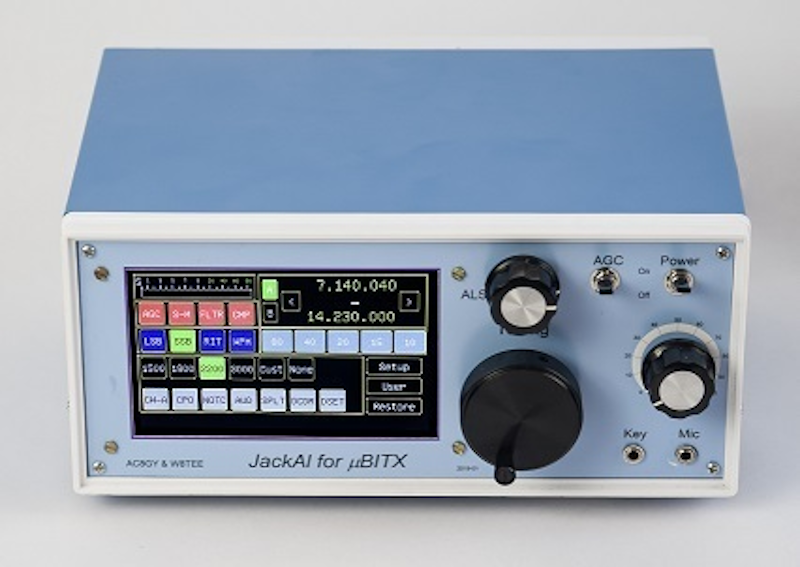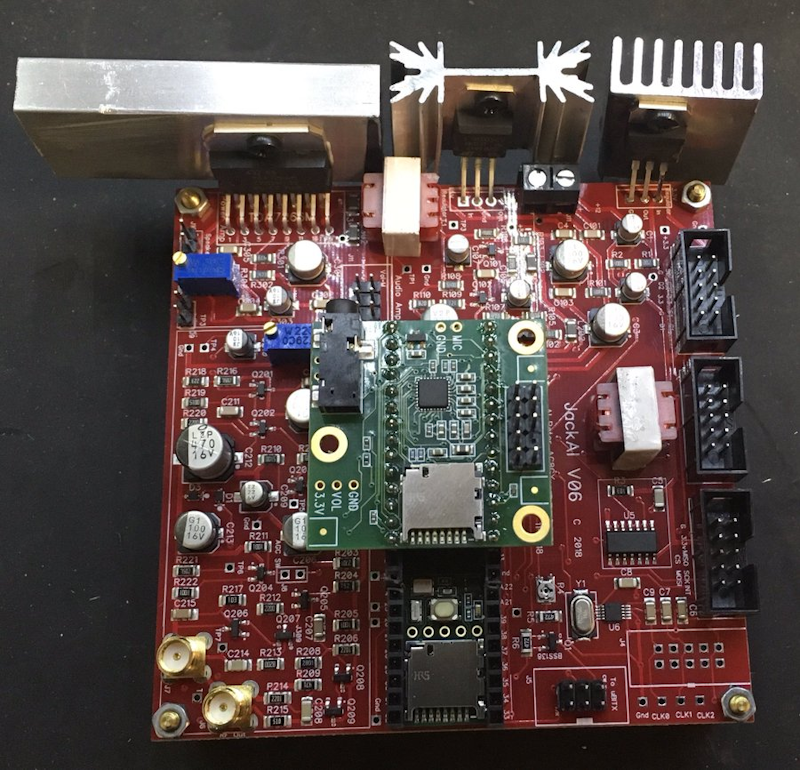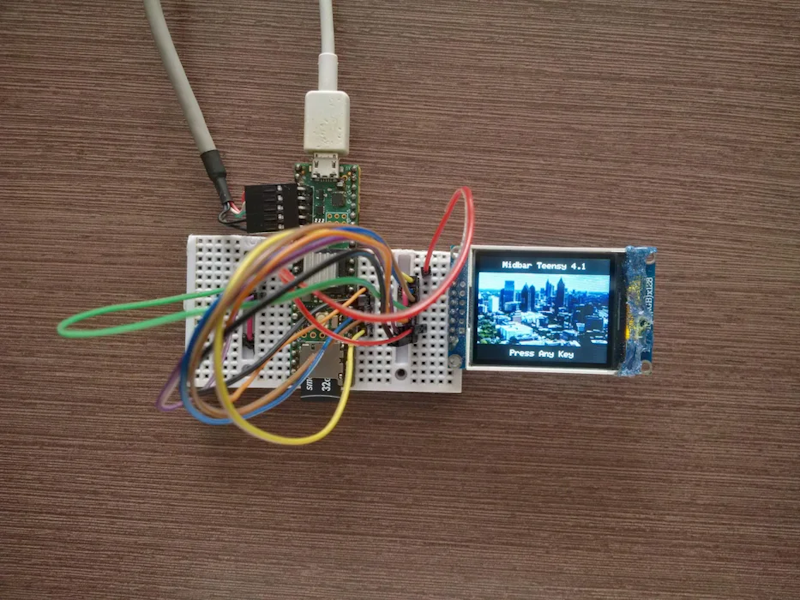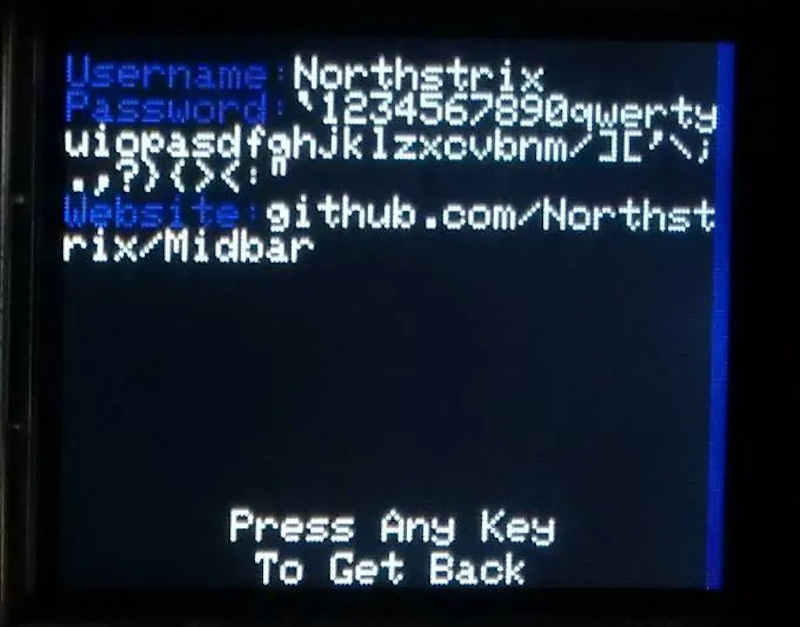Alex Toussaint created an ultrasonic 3d scanner using off-the-shelf components for under $100!

What was your fantasy when you were 15? For Alex it was an autonomous drone that could deliver cans of Coke, which he reasoned would require a 3D map of its surroundings. Ruling out LiDAR as too expensive, and Simultaneous Localization and Mapping (SLAM) algorithms as insufficient, perhaps something could be done with an ultrasonic sensor, since humans are able to pinpoint locations based on sound? The result of this theory, which Alex reached at the grand old age of 19, he achieved this 3D sensor goal.

The detailed write-up on Alex’s site explains the concept, math, and various stages of success and failure, but the end result was a 10×10 grid of emitters with a 9x directional receiver based on LM386 amplifiers.

The resultant scans, while perhaps not perfect, are frankly incredible for a device built from scratch. Source code, schematics, and visualization scripts can all be found on GitHub if you’d like to build your own!














